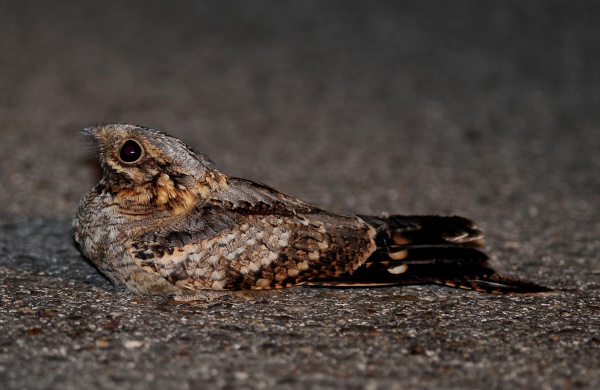Facts About Red-necked nightjar
The red-necked nightjar is Europe's largest nightjar species, found breeding in the Iberian Peninsula and North Africa, and migrating to tropical West Africa for the winter. The name "nightjar" originates from its nocturnal activity and distinctive churring song. The bird's scientific name is derived from Latin words meaning "nanny goat" and "to milk" linked to an old myth. There are two recognized subspecies: the nominate ruficollis and desertorum.
In terms of appearance, the red-necked nightjar boasts variegated plumage with lichen-grey coloring and various markings, resembling lichen-covered twigs—a perfect camouflage during the day. It has a rufous neck collar and is larger and longer-tailed compared to other nightjar species. Its call is a repetitive, mechanical sound that rises and falls as the bird moves its head.
This bird prefers open sandy heaths with trees or bushes and is active at dusk, feeding on insects such as moths. Interestingly, the red-necked nightjar does not build a nest; instead, it lays its eggs directly on the ground. Occasionally, this species has been observed as a rare visitor in northern Europe, with sightings in locations such as Northumberland, Britain, and Denmark.

 Western Sahara
Western Sahara